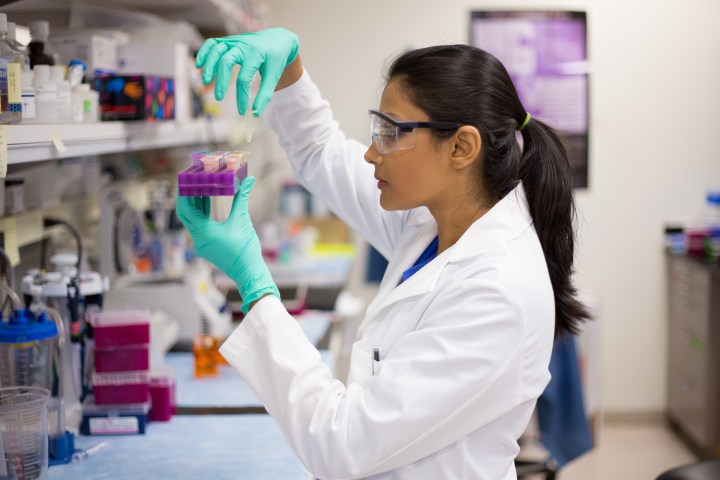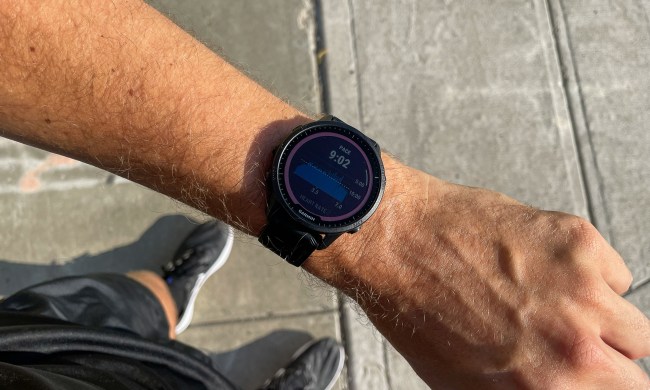
IBM Research and Singapore’s Institute of Bioengineering and Nanotechnology (IBN) announced a breakthrough involving the use of macromolecules to fight viral diseases. With macromolecules, the researchers hope we will be able to prevent the spread of viruses and stop them from being as virulent as they currently are in those already infected.
Related: Ingenious Brazilian billboards use fake sweat to attract and kill Zika-carrying mosquitos
The reason viruses are so hard to treat is that they possess a mechanism to resist drugs. The path the macromolecular researchers have followed involves breaking down or preventing virus drug resistance in the first place. The new technology works in three ways: attraction, prevention, and neutralization. One part of the macromolecule uses an electrostatic attraction process to coat virus cell surfaces so they cannot infect other cells. A specific sugar (mannose) in the macromolecule helps the body’s immune cells work better. And another part of the macromolecular cell neutralizes the virus’ pH level, which has the effect of disturbing the virus replication process.
Further work is required to produce soaps and sprays that can be used on individuals and to disinfect rooms in order to prevent viruses from spreading. Further down the development path with the same macromolecular technology, the researchers hope to accelerate drug research into products that can provide effective cures and vaccinations.



